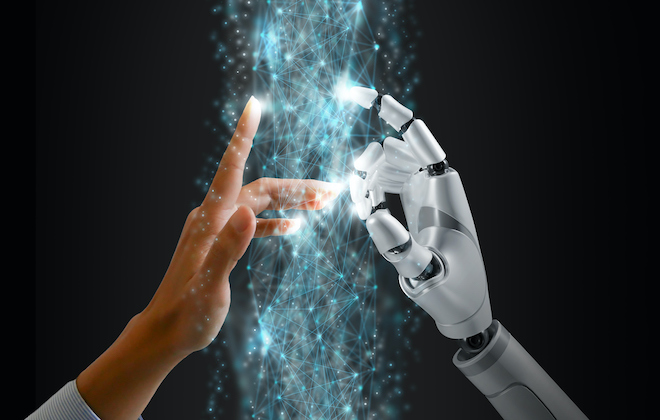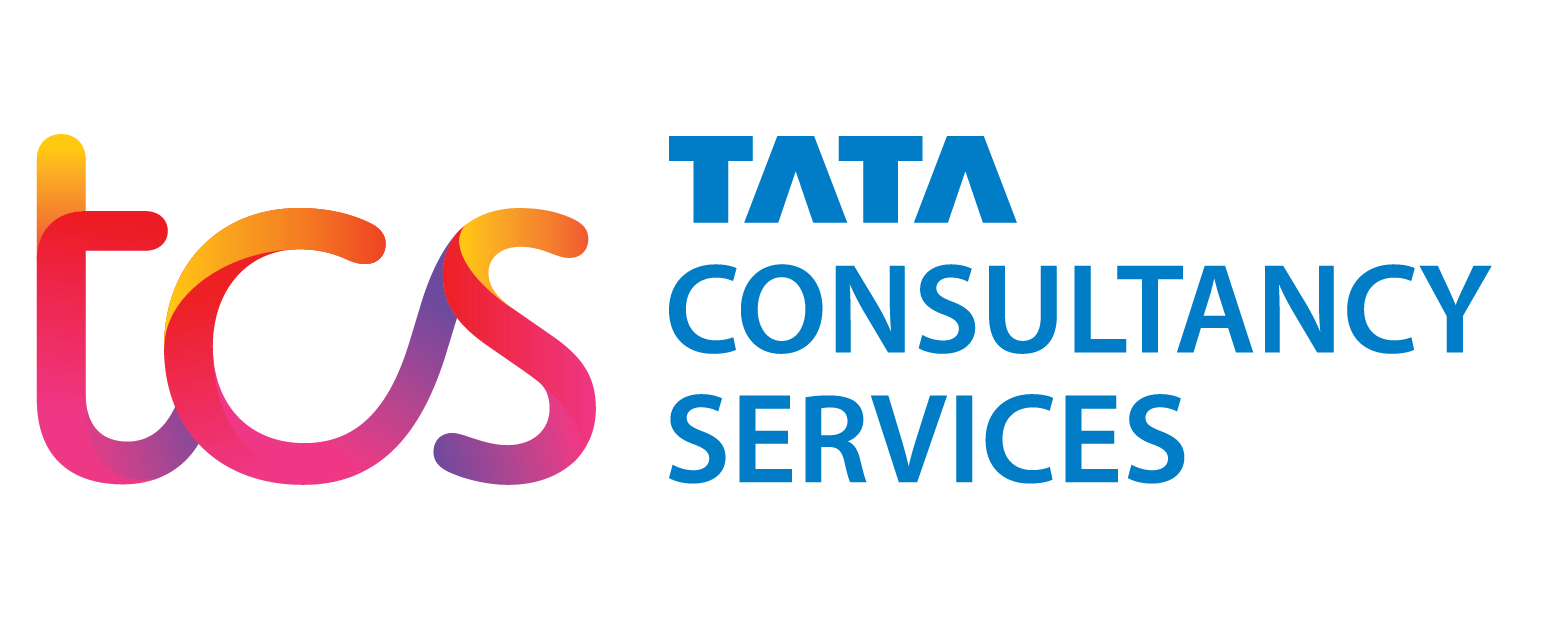
This article is published in collaboration with Tata Consultancy Services.
The digital twin technology is poised to tip into wide adoption across organizations and industries. With utility as a decision-making platform and powering a range of highly customized use cases by industry, digital twins will be a foundational technology of the 2020s.
Digital twin technology enables the creation of a real-time virtual counterpart of something in the physical world. With 20 years of advancements in artificial intelligence, the internet of things, and other technologies, digital twins today have far-ranging applications, with potential for every industry. Where once they were mainly used in manufacturing, now a digital twin could be anything from an important component in an industrial plant to a human organ to an organization’s office environment.
With their proven utility in existing industries, digital twins offer the potential to help organizations and society at large navigate upcoming changes to how we work and live. In fact, TCS used a digital twin to help plan the reopening of our offices in the late stages of the pandemic.
Synthethic biology
As a futurist, I think synthetic biology is one of the most exciting and promising fields for digital twins. Synthetic biology, which involves using biology, engineering, and related disciplines to redesign biological systems, has the potential to massively improve human and animal lives, empowering researchers, scientists, and doctors to experiment and innovate more quickly.
Using AI, VR, and other technologies, TCS’ Digital Skin can emulate the physicochemical properties of human skin and test how new formulations of drugs get transported through epidermal layers, which in the past would usually rely on animal testing.
Going a step further, researchers could hypothesize new chemical arrangements and test them much more quickly at scale, leading to results that would be impossible to achieve in the real world.
Sustainable cities
Beyond the body, digital twins are being used to create smarter, more sustainable cities.
The city of Los Angeles is employing digital twin technology to model transportation movement and activity of everything from micro-mobility, ride-sharing, and autonomous drones to better utilize and plan its mobility infrastructure. The city also plans to cut emissions by modeling the financial and technological path to zero-carbon emissions for building owners and more.
Digital twins are already helping organizations build better and more sustainable futures for animals, humans, and cities. So, what is next?
Perfecting the future
The true value of digital twins is that we can use them to rehearse the future, not try to predict it. We know many of the challenges and opportunities that await humanity in the future. With digital twins, we do not have to fantasize about what they might mean—we can build a twin of a particular scenario using established data and practice what will happen.
Soon, creating off-planet economies may be more than just science fiction. It is possible that the coming decades will see humans established across the solar system, mining the moon, colonizing Mars, and so on. When you think about the supply chain challenges we have seen during the pandemic, the enormity of managing industry off-planet becomes apparent. But what if we were able to know exactly what it would look like and what could go wrong by creating a full digital twin of this off-planet economy?
Taking synthetic biology to its natural conclusion, we may eventually see whole-body digital twins created at birth. A person could have a digital twin "living" alongside them at every stage of their life, evolving based on inputs and expected scenarios to predict the effectiveness of drugs and other therapies, and the impact of lifestyle choices such as diet, exercise, drinking, living in a certain area, etc. How many lives could be saved if your digital twin could warn you about a health crisis coming years down the road?
Mirroring the human brain
The final frontier for digital twins is thought. Digital twins started with machines, then moved to biology—is the next stage creating a twin of a human brain and replicating thought? One potential use case would be around managing mental health and stress. A twin of a human brain could predict cortisol levels and reactions to stress under different circumstances, simulating different mental states to identify which ones provide peak performance and well-being.
The digital twin deserves recognition as a platform for successful collaboration in established industries, emerging fields like synthetic biology, and near-future applications such as off-planet economies.
Digital twins mean the potential for incredible, positive transformation in both business and society.
This article was first published by Tata Consultancy Services on 15 May 2023.
 Frank Diana
Frank Diana
Principal Futurist, TCS
Frank Diana speaks to chief innovation officers to help Fortune 500 companies prepare for the next decades, which will see humans face transformational events on scales even larger than the pandemic. Having held a diverse range of C-Suite positions across industries, he is uniquely positioned to connect the dots between different technological and societal trends and predict real-world, transformational business impact.


